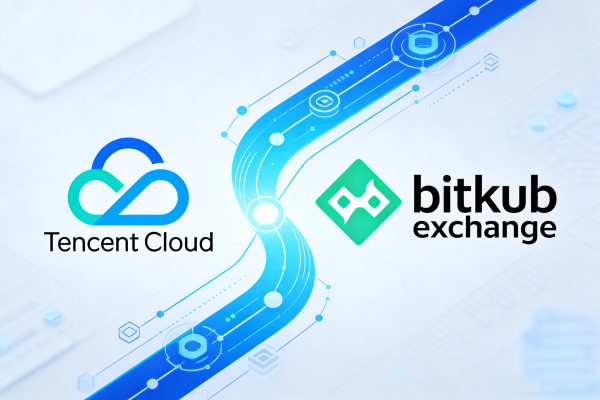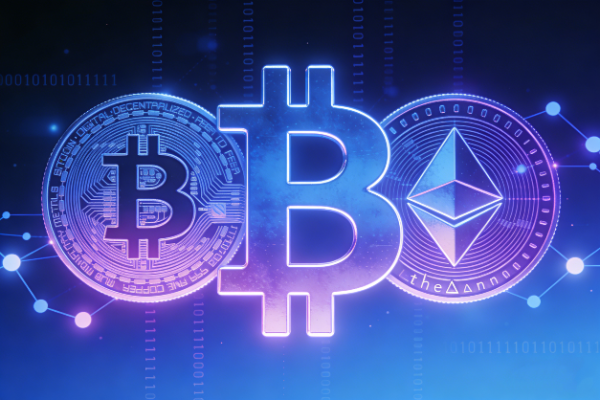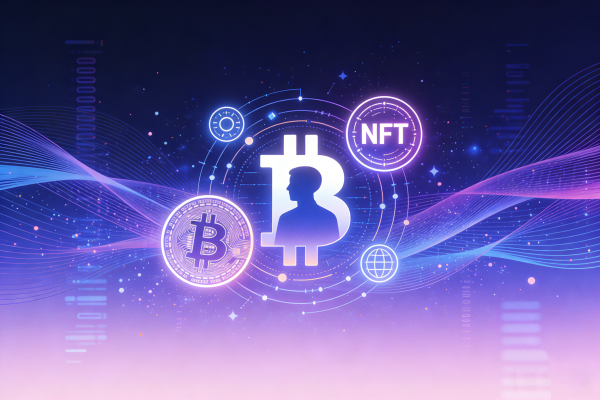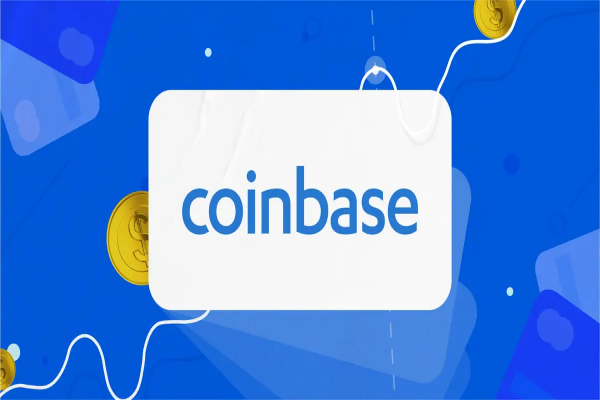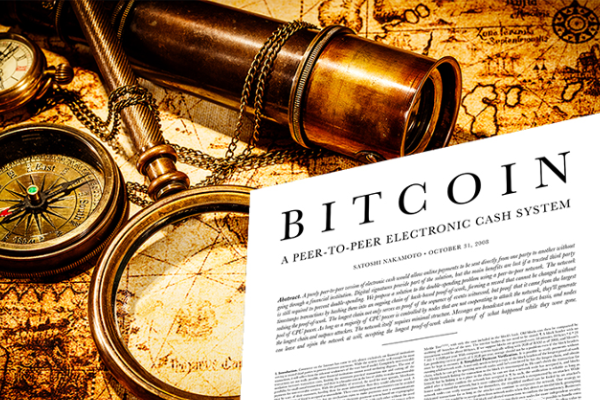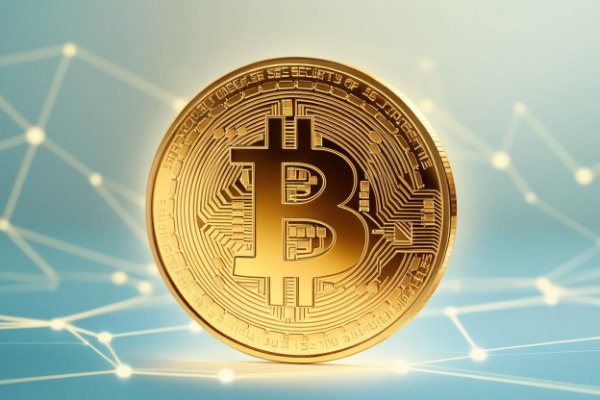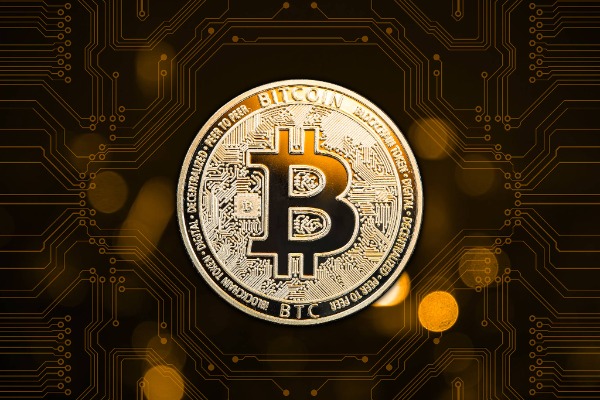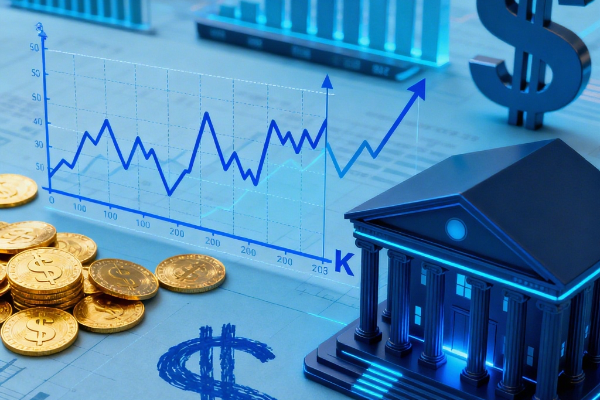What is blockchain, what is it used for and how is it used?

We start with the basic concepts and gradually explain in depth what blockchain is, what it is used for, and how to use it.
1. Beginner's guide: the most basic concept of blockchain
Using the analogy of a ledger, imagine that blockchain is like a public ledger that records transactions between all participants. This ledger is not kept by a central institution, but is maintained by everyone, and everyone can access it. Once recorded, no one can change it at will.
Decentralization, in traditional systems (such as banks), all information is stored on a central server. In blockchain, each node (that is, a computer participating in the network) has a complete or partial copy of the ledger. This distributed storage method improves the transparency and security of data.
2. Basic principles: the construction of blocks and chains
The composition of blocks, the data in the blockchain is divided into "blocks". Each block contains several transaction information and a unique "hash value" (similar to a digital fingerprint), which is obtained by encrypting the block content.
Chain structure, each block records its own transaction data while also containing the hash value of the previous block. In this way, all blocks are linked together in chronological order to form a "chain". Once a block is recorded and connected to the chain, if you want to tamper with it, you must modify all subsequent blocks at the same time, which is technically very difficult.
Consensus mechanism, in order to ensure that all nodes can reach a consensus on the newly added blocks, blockchain uses different consensus mechanisms (such as Proof of Work, Proof of Stake, etc.). These mechanisms ensure that each transaction is verified by most nodes, thereby ensuring the authenticity and consistency of the data.
3. Application scenarios: What can blockchain do?
Digital currency, the earliest and most well-known application of blockchain is to support digital currencies such as Bitcoin and Ethereum. Using blockchain technology, digital currency transactions can be carried out safely without the intervention of third-party banks or institutions.
Smart contract, a smart contract is an automatically executed program written on the blockchain. When the preset conditions are met, the contract automatically executes the agreed content. This can be applied to scenarios such as automatic payment, insurance claims, and supply chain management to reduce intermediate links and improve efficiency.
Supply chain management, using blockchain to record every link from production to sales of goods, can track the source and circulation process of products, increase transparency and trust, and help consumers understand product information.
Digital identity and data sharing, blockchain can be used to build a secure and reliable identity authentication system. Since data cannot be tampered with, this system has great advantages in protecting personal privacy and preventing identity forgery.
Other applications, in addition to the above applications, blockchain also shows potential in voting systems, copyright protection, medical record management and other fields. All walks of life are exploring how to use this technology to achieve more efficient and secure information processing methods.
4. How to use blockchain?
For ordinary users, use a digital currency wallet and download the wallet: First, you can install a digital currency wallet on your mobile phone or computer, which is like an electronic bank account to store and manage your digital currency (such as Bitcoin, Ethereum).
Trading platform: If you want to buy, sell or transfer digital currency, you can register some well-known trading platforms (such as Coinbase, Binance, Huobi, etc.) and perform recharge, purchase and transfer operations on the platform.
Experience application: In addition to trading digital currencies, some platforms also provide other blockchain-based services, such as digital asset management or participation in certain smart contract-based projects.
1. The simplest use: buy cryptocurrency
Steps: Download an App (such as Binance, Huobi) → Use Alipay to buy 100 yuan of Bitcoin/Ethereum → Store it in your wallet (similar to WeChat change).
Note: The price of cryptocurrency fluctuates greatly. It is recommended to try a small amount first, don't be a gambler!
2. Advanced gameplay: Participate in blockchain applications
Deposit evidence: Upload contracts and photos to the blockchain (such as Ant Chain) to prevent tampering.
NFT avatar: Buy a unique digital artwork (such as the boring ape avatar) to prove that you are the original owner.
Play games: Play blockchain games (such as Axie Infinity), and the equipment in the game can be sold for money.
3. Technical novice avoidance guide
Never tell others your password (private key)! The blockchain does not have a "retrieve password" function, and it is really gone if you lose it.
Beware of high-yield scams: 99% of blockchain projects that claim to be "guaranteed to make money" are scammers.
For developers or enterprises learning blockchain technology, programming languages and tools: For those who want to develop blockchain-based applications, it is necessary to learn some related programming languages (such as Solidity for Ethereum smart contract development) and tools.
Development platform: There are many blockchain platforms on the market, such as Ethereum, Hyperledger Fabric, etc., which developers can use to build their own decentralized applications (dApps).
Build smart contracts and dApps, smart contracts: Learn how to write and deploy smart contracts, and use their features of automatically executing contract terms to provide solutions for various business scenarios.
Application scenario exploration: Enterprises can use blockchain technology to build supply chain management systems, digital identity authentication systems, or other applications that require high security and transparency to improve business efficiency.
5. Summary from the shallow to the deep
Primary understanding: Blockchain is like an open, tamper-proof ledger, which is maintained by everyone to ensure information transparency and security.
Technical principle: Data is divided into blocks, each block is connected by encryption algorithms, and a consensus mechanism is used to ensure that all participants agree on the data.
Practical use: In addition to supporting digital currency, blockchain can also be applied to smart contracts, supply chain management, digital identity authentication, voting systems and other fields.
How to use: Ordinary users can experience blockchain technology through digital currency wallets and trading platforms, while developers and enterprises can use blockchain to achieve more applications by learning related technologies, building smart contracts and dApps.
Through this shallow to deep explanation, I hope you have a more comprehensive understanding of the concept, purpose and practical use of blockchain. If you are interested in in-depth learning, you can further explore the relevant technical details and development practices.
